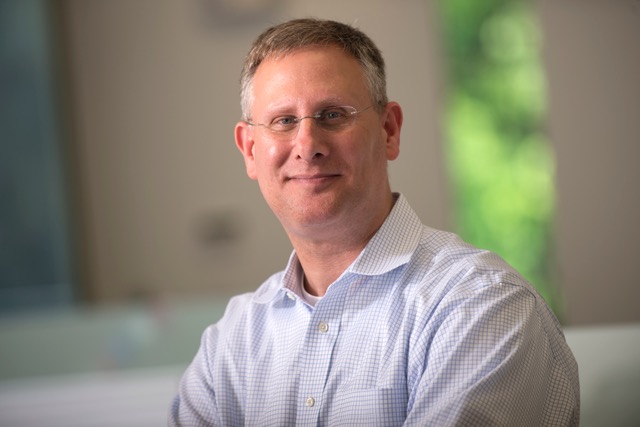What if you were the only one? Taking responsibility for rare diseases.

A young man, sixteen years old, had been struggling with horrible gastrointestinal difficulties and feeling a burning pain in his hands and feet. His doctor told him he was lactose intolerant and experiencing growing pains. He would come to find out that in fact, he has a rare genetic disorder called Fabry disease.
Parents of a baby boy were overjoyed with his arrival. The newest addition to their young family started off with jaundice and then it became increasingly clear that something was just not right. He was diagnosed with a rare form of hemolytic anemia called PK deficiency.
A woman in her young 30s started to have difficulty walking up and down stairs. She was often short of breath and extremely fatigued. When she simply couldn’t keep up with her two-year old daughter any longer, her husband convinced her to seek medical help. She did and was eventually diagnosed with Pompe disease.
In each of these cases, a diagnosis turned lives upside down. In each of these cases, people were told they had a disease that was especially uncommon. Prior to receiving the diagnosis, they had never heard of the disorder and certainly never met anyone with the condition. As uncommon as it is to have one of these diseases, it’s not at all uncommon to feel overwhelmed, to feel alone, and even despondent. Rare diseases are just that – rare. Often not much is known about the diseases. Doctors may not encounter a single patient with a rare disease in their entire career. And of most concern, there are far too many rare diseases that not only have no cure, but no treatment at all.
Having the privilege of working in the rare disease space for several decades, and having met people who have been unfairly burdened by their poor health, I am always struck by their courage, resilience and perseverance. Unwilling to be defined by their disease, these individuals take what life has thrown at them and find ways to move forward. They live their lives to the fullest that they are able. Unfortunately spirit alone cannot remove daily hurdles and good days are sometimes countered by tough weeks and even months. Yet, the appreciation for what each day brings is nothing short of remarkable.
People with rare diseases often go years without a diagnosis. No explanations for why they feel the way they do. Or worse, wrong answers. People being told that they are just lazy, when combating unimaginable fatigue. Being told their pain is psychosomatic. It’s why so frequently, when people finally receive a confirmed diagnosis of a rare disease, one of the first feelings is actually relief. There is a real sense of validation and even redemption. It is from this position of strength that many begin their fight back.
Within the healthcare industry, rare diseases is a controversial topic. The cost of developing treatments for so few individuals and the burden of this cost to the healthcare system is causing close consideration by payers, government, practitioners and industry alike. News stories of greed and inflation of drug prices cast a dark shadow over the admirable work being done to give people hope. The journey to develop a drug, whether it is for billions of people around the world or merely thousands, is an arduous and yes costly process. As it should be, it is closely regulated and monitored. There is not proportionality between patient population size and ultimate cost to research and develop a drug. There is also no guarantee that the research will result in successfully crossing the safety and efficacy finish line. But we must try.
The reason is simple. People’s lives depend on it. We have an obligation as a society to take care of each other. Rare does not mean not real. We must not look the other way or deny the significance of these rare illnesses simply because we are not directly confronted with them ourselves.
After spending a day with a four-year-old little girl who indisputably would not be alive today, but for companies taking a risk, and the diligence of scientists and practitioners, I know the power and promise of these new therapeutics. She was all too excited to show me how she can take steps without her leg braces. The pride in her eyes and the tears in those of her parents as step after step after step was made. This is why we must try.
This coming Monday, February 29th is Rare Disease Day. Let it serve not as a moment to contemplate those who are fighting the battle, but instead as a starting point for you to join in the fight. Please visit www.rarediseaseday.org for more information.

by Jonathan D. Katz
02/22/2016